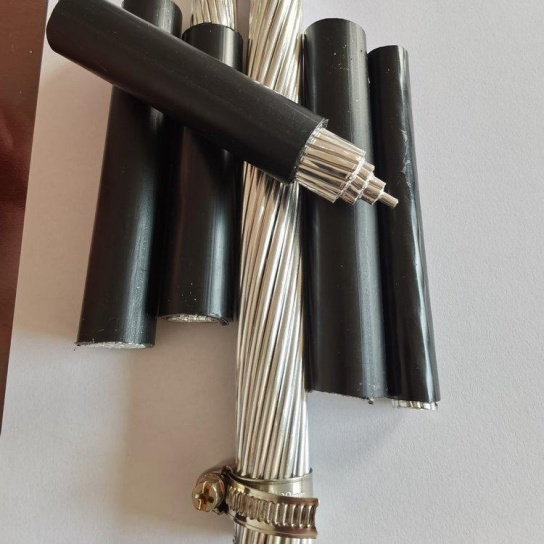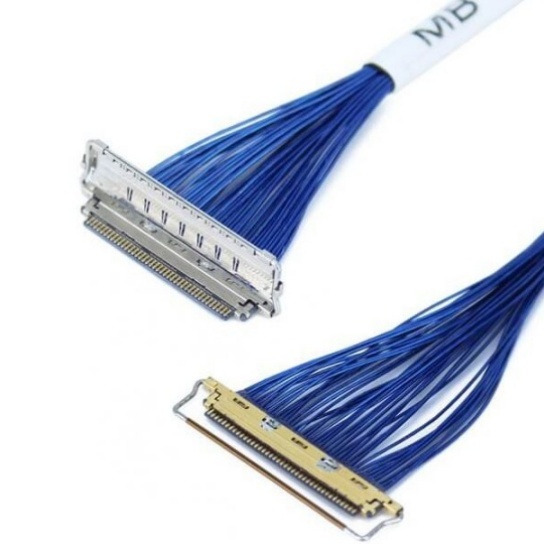Hydrogen Planes Test Cryogenic Aviation Cables: A Breakthrough for Sustainable Flight
Introduction
As hydrogen-powered aircraft emerge as a leading solution for decarbonizing aviation, a critical challenge has surfaced: ensuring onboard systems can withstand extreme cold. Liquid hydrogen, stored at -253°C (-423°F), demands cryogenic-resistant components—especially aviation cables. This article explores how cutting-edge cryogenic cables are being tested for hydrogen planes, offering actionable insights for engineers and stakeholders in sustainable aviation.
Why Cryogenic Cables Matter for Hydrogen Planes
Hydrogen planes rely on liquid hydrogen (LH2) as fuel, which requires ultra-low-temperature storage and distribution. Conventional aviation cables, designed for standard conditions, become brittle and fail under cryogenic stress. This poses risks like electrical malfunctions, safety hazards, and system downtime.
The Problem: Cable Failure in Extreme Cold
- Material Brittleness: Standard insulation materials crack at cryogenic temperatures.
- Thermal Contraction: Metals and polymers shrink unevenly, damaging connections.
- Insulation Breakdown: Electrical leakage increases as materials degrade.
Solutions: Innovations in Cryogenic Aviation Cables
To address these challenges, aerospace engineers and material scientists are developing cables specifically engineered for cryogenic environments. Here’s how they work:
- Advanced Materials
- Super-Thermoplastic Insulation: Polymers like cross-linked polyethylene (XLPE) or modified PTFE retain flexibility at -253°C.
- Composite Conductors: Copper or aluminum alloys with carbon nanotubes enhance durability and conductivity.
- Multi-Layer Insulation (MLI)
- A vacuum-sealed, layered design minimizes heat transfer and prevents ice formation.
- Rigorous Testing Protocols
- Thermal Cycling: Simulating repeated temperature shifts to validate performance.
- Bend-Testing: Ensuring cables remain flexible after extreme cold exposure.
Case Study: Airbus’s Hydrogen Test Flights
Airbus’s ZEROe program recently tested cryogenic cables in simulated LH2 conditions. Results showed a 40% improvement in reliability compared to traditional systems, highlighting the potential for scalable adoption.
Practical Steps for Implementing Cryogenic Cables
For airlines and manufacturers transitioning to hydrogen, here’s a roadmap:
- Collaborate with Specialized Suppliers
- Partner with cable manufacturers experienced in cryogenic tech (e.g., TE Connectivity, Carlisle Interconnect).
- Adopt Modular Designs
- Use detachable cable modules for easier maintenance and upgrades.
- Invest in Real-World Testing
- Validate performance in both lab simulations and live hydrogen plane prototypes.
The Future of Hydrogen Aviation
Cryogenic cables are just one piece of the puzzle, but their success accelerates the viability of hydrogen planes. Companies like ZeroAvia and Universal Hydrogen are already integrating these solutions into next-gen aircraft, targeting commercial flights by 2035.






